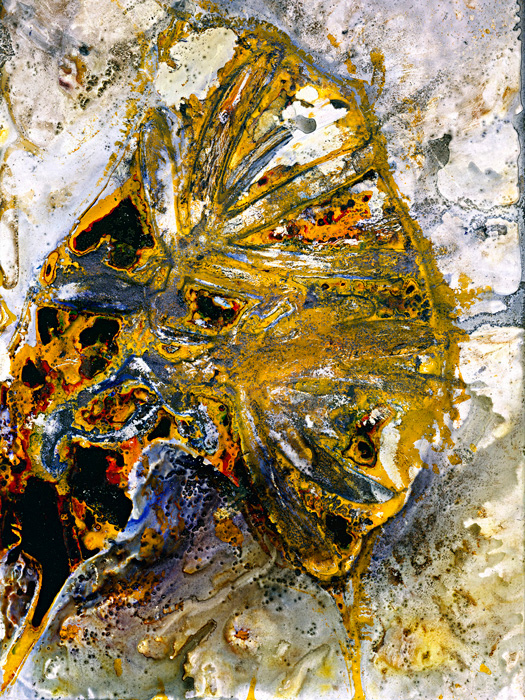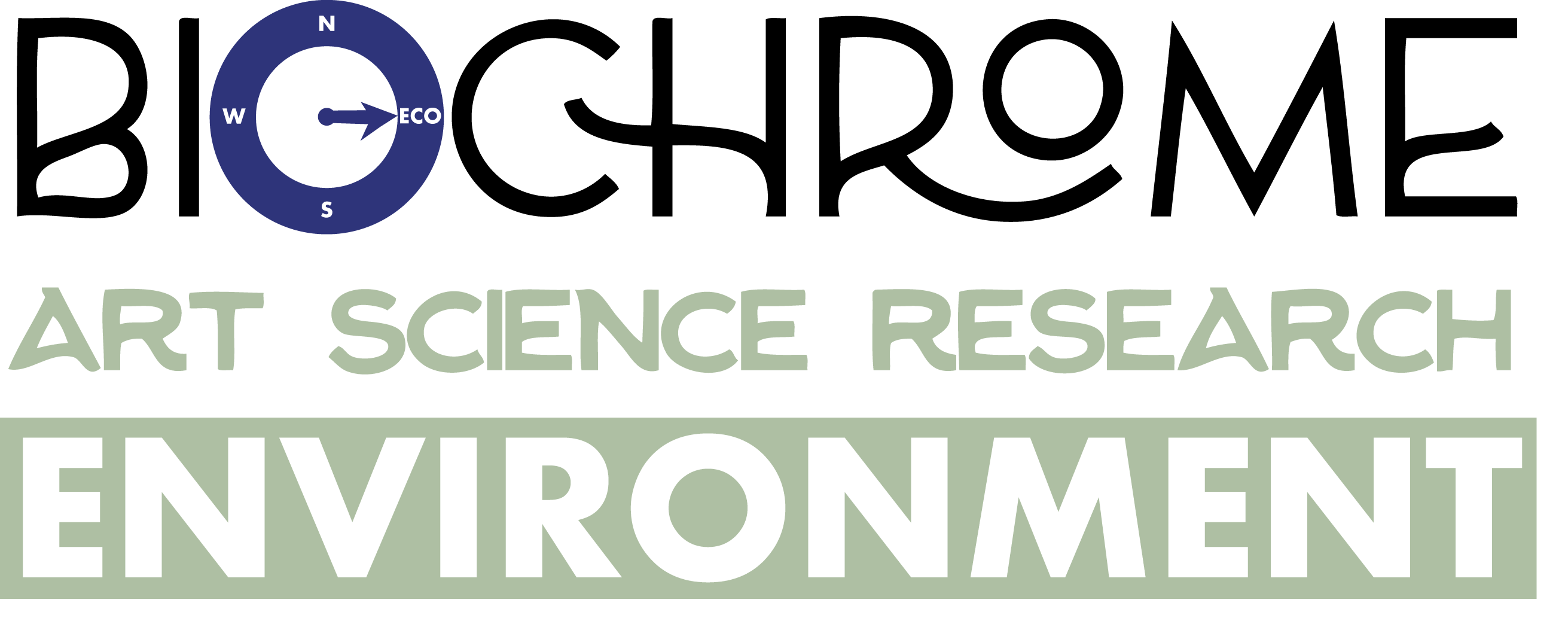Learning about plants helps us to reconnect with nature
Heritage Hill Museum and Historic Gardens
address: 66 McCrae Street, Dandenong VIC 3175
Opening
Saturday 27 March 2021
12 – 1:30pm and 2 – 3:30pm

Other exhibition VENUES include:
- Walker Street Gallery
- Garnar Lane Display Boxes
- Alex Wilkie Reserve
- Connection Art Space
Exhibition dates
25 March – 1 May 2021
Medicinal and edible native plants to Australia
Carpobrotus glaucescens (common name: pig face, in Jandai language: bubbracowie*) is one of many medicinal and edible native plants to Australia, and can be found along the South East Coast sand dunes.
The artwork Carpobrotus glaucescens… anaesthetic II… 2015, is from the ‘Medicinal plant cycles’ series that I created over several years of my PhD studio research.
The research focuses on medicinal plants from Minjerribah/North Stradbroke Island, and draws on natural science and extensive consultations and discussions with members of the Quandamooka community of Minjerribah, to whom I’m grateful for all their time and input.
Medicinal properties
Anaesthetic, antibacterial and antiseptic are amongst Carpobrotus glaucescens’ medicinal properties. Its fresh leaves can be used for marine and insect stings, and its juice for skin burns. The fruit is edible.
The focus on Minjerribah’s plants aims to promote the recognition, appreciation, and value of local medicinal plants in the context of First Peoples knowledge and natural science.
The biochrome process
I created this artwork by an experimental process I call the biochrome, based on fusing plant and photographic materials overtime, subject to natural decomposition.
Images on this page:
- Renata Buziak, Carpobrotus glaucescens… anaesthetic II…, Archival pigment on paper, 2015 Image size: 66.7 x 50cm / Framed: 100 x 80cm

